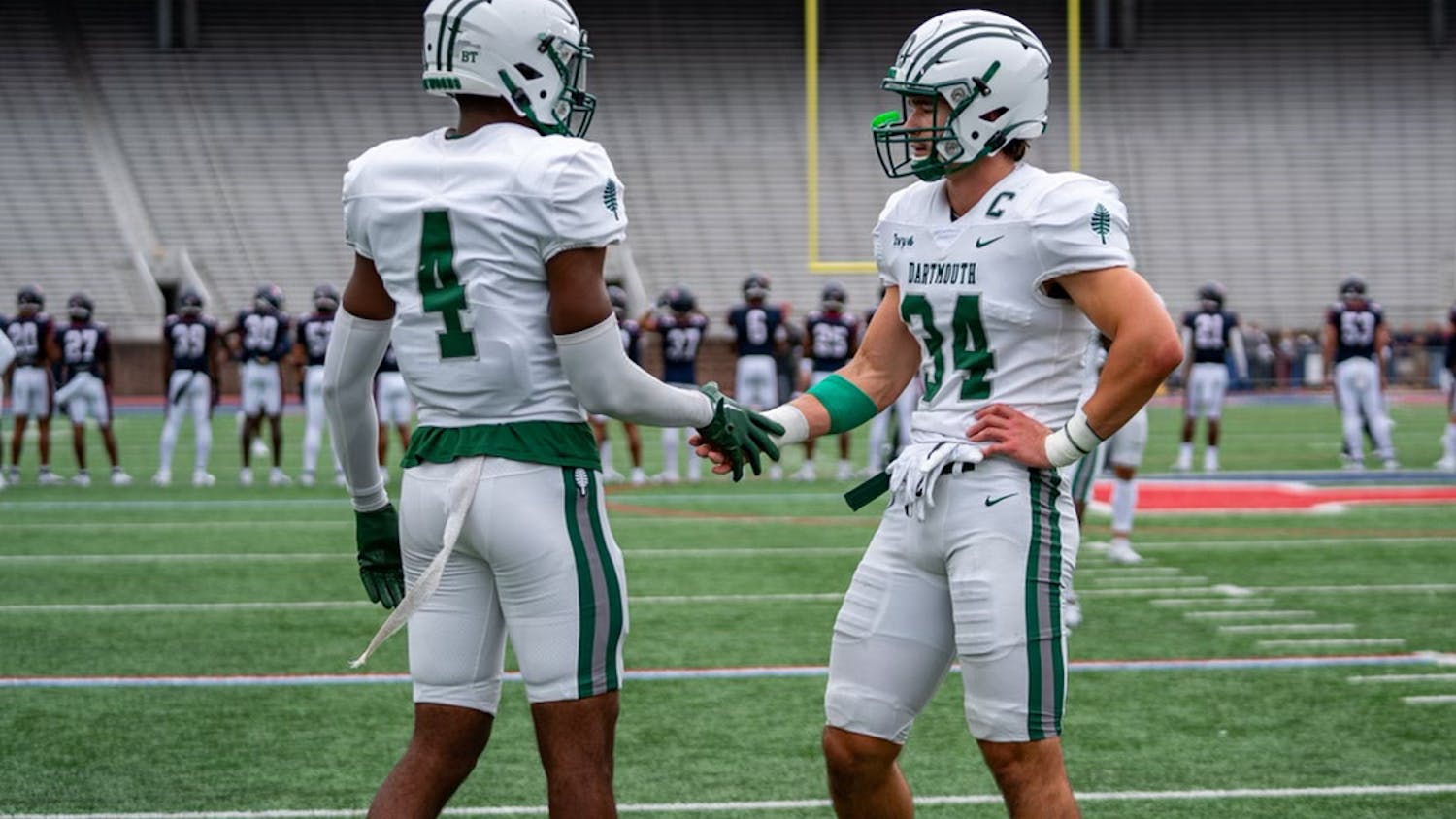The Accidental Fan: The Suplex Saga, Episode III — Return of the GLOW
There comes a point midway through the second season of “GLOW,” short for “Gorgeous Ladies of Wrestling,” where the in-universe wrestling show is moved to the 2:00 a.m. time slot and nearly canceled. Despite their best efforts to fine-tune their skills, our ensemble of lady wrestlers fail to regain their old time slot. This drives the director, Sam Sylvia, played by actor Marc Maron, to decide that the show can go in whatever direction it pleases. Thus, we get “The Good Twin,” the eighth episode of the second season, which is quite the episode; it follows several of the female characters within the show and takes the show to an entirely new place by including elaborate setups for the actual wrestling matches. Both the show itself and the show that is being made within the show deviate from their normal format. Within the show’s universe, Sam decides to do this because he assumes the show will eventually be canceled, whereas real life co-creators Liz Flahive and Carly Mensch knew that they had a committed audience after the first season and decided to run with their crazy ideas for season two.
The first season of “GLOW” was filled with drama, but it also had the task of establishing its characters, and thus it focused on stories featuring more emotional and timely topics spotlighting a few of the wrestlers. Additionally, the first season had a lot more to do with the characters pleasing the TV station and trying to get funding and sponsors, whereas season two holds out on these issues until the end of the season and generally focuses more on the characters’ lives. Overall, season two is more serious. That is not to say that season one didn’t tackle difficult issues, but season two accounts for a lot of what was simply glossed over in the first season.
One issue that often comes up in the show is the problematic nature of the caricatures that the main characters play while wrestling. “Welfare Queen,” “Fortune Cookie” and the terrorist character “Beirut the Mad Bomber” are some of the most troubling ones. There is a lot of commentary throughout “GLOW” from the individual characters about these racial stereotypes, as well as race-based conflict between characters, but the commentary was never the focus of an episode until season two. For example, one episode takes Tammé Dawson’s (Kia Stevens) “Welfare Queen” character into account and explores her son Ernest’s reaction. Ernest (Eli Goree) is a student at Stanford University and argues that his mother is playing a “minstrel” character. He is disturbed by the racism exhibited by her character’s “gimmick,” but the situation is complicated because Tammé also seems to like being on the show.
These issues are explored with other characters as well, in different ways. In the first episode of season two, a new format for the show is introduced: the women must compete to have their match featured in that week’s episode of “GLOW” (the show within the show, that is). Arthie Premkumar (Sunita Mani), who plays “Beirut the Mad Bomber,” is so desperate to be rid of her character that she devises a transformation story for her match where she will become a phoenix and rise from the ashes. Unfortunately, she shares this plan with some of her colleagues, who steal her idea and create transformations for their own characters, that are better executed and end up being chosen for the week. Here, we again have social commentary on stereotypes, though the story is focused more on the nature of the women.
On the note of competition, protagonists Ruth Wilder (Alison Brie) and Debbie Eagan (Betty Gilpin) also face further hardship as Debbie deals with her divorce and continues to punish Ruth for her mistakes in their friendship, forcing her to alienate the two people she is closest to — her husband and Ruth. However, both Debbie and Ruth seem to miss their old dynamic, indicating how complicated relationships can be when one person has done irrevocable damage to it. The show further explores this concept in an excellent scene where Debbie and Ruth confront each other and air out their grievances. The acting here from Brie and Gilpin is phenomenal.
The show feels like it is trying to tackle every issue, with plot lines also including sexual harassment, AIDS, sexuality and immigration status. The show also manages to include romance, challenges with parenting as well as divorce and loss. Even so, the show executes and integrates all of these components very well and manages to parallel some of these storylines with what is happening in the ring through the in-universe wrestling show and Ruth and Debbie’s dynamic. That, combined with stories for all the characters, really gives the sense of how great the characters are together. Indeed, as the season progresses, the women are able to rally and come together for a finale that is both fun from a wrestling stand-point, but also extremely emotional.
The end of the season leaves things very open for the characters. The show has not yet been renewed, but the creators have left themselves plenty of room for another season. The point where season two ends has all the characters moving on to a new phase in their careers; because of this, the story feels like it has reached a conclusion, even if the ending is ambiguous. If the show does not get renewed, viewers will not feel like they were left hanging. However, a third season could go in any number of directions, which keeps things exciting. Regardless, “GLOW” is a fun show, and one that I highly recommend.
This column concludes the “Suplex Saga.” Perhaps we will have another episode in the future if “GLOW” gets renewed for a third season — “The GLOW Awakens.” Fingers crossed!




